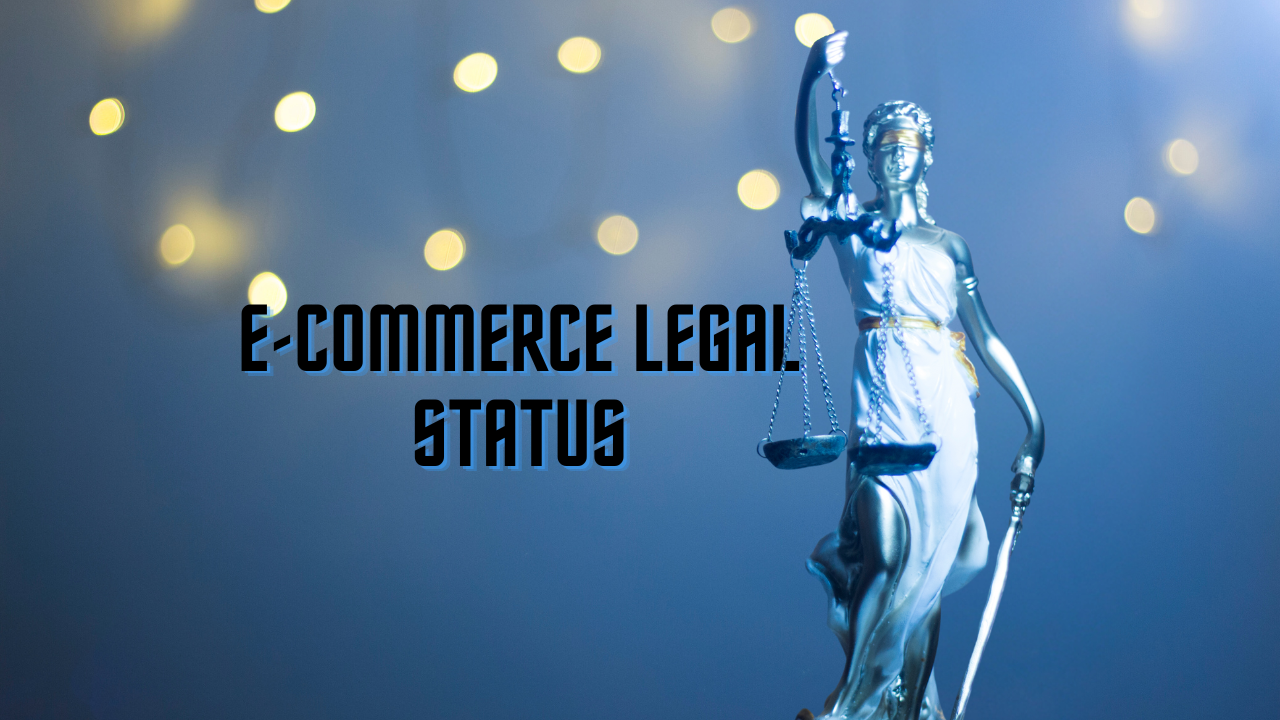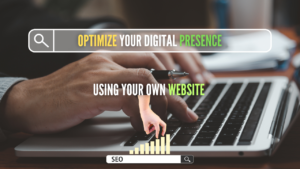
Hello dear readers, today let’s delve into the fascinating, almost magical world of e-commerce, where every click can open the doors to prosperity. But before setting sail for your online store towards digital horizons, it’s time to address the thorny issue of legal status. Picture this: you’re on the deck of a ship ready to embark on the conquest of a virtual ocean filled with digital treasures. The choice of legal status is the compass that will guide your ship through administrative and tax storms.
Some points to consider in determining the legal status of your e-commerce business
Ah, here we are diving into the depths of choosing the legal status for your online business. Imagine yourself as a fearless explorer, seeking the legal treasure hidden in the e-commerce labyrinth. The answers to these questions will guide your quest towards the light.
Solo or Team:
If you plan to run your online store alone, sole proprietorship could be your best option. However, if you have partners, an EURL (Single-Person Limited Liability Company) might better meet your needs, offering a structure suited for multiple crew members.
Need for Financing:
If creating your site and building inventory require significant resources, and you are considering investors or bank loans, legal forms like LLC (Limited Liability Company) or SAS (Simplified Joint-Stock Company) can provide a more solid financial foundation.
Projected Turnover:
If your forecasts indicate modest turnover initially, sole proprietorship could be appropriate. However, if you aspire to significant growth, consider sole proprietorship or a company. Remember that you can always transition from a micro-enterprise to the actual regime when aiming for broader horizons.
Capital Contribution:
Most legal statuses allow you to decide the amount of capital to contribute, except for JSC (Joint-Stock Company), which requires a minimum capital of $37,000 to set sail.
Medium or Long-Term Activity Level:
If you anticipate rapid expansion, perhaps start with an EURL to facilitate a transition to an LLC or another form of company as your business grows.
Protection of Personal Assets:
Since 2022, the individual entrepreneur benefits from the protection of their professional assets compared to their personal assets. However, if you’re seeking increased security, explore legal status options with limited liability, such as companies.
Read Also: List of the best Website Creation Agencies in Morocco
let’s now discuss the various legal statuses available for your e-commerce business.
Self-Employed Status (Micro-Enterprise):

The self-employed status, also known as micro-enterprise, is like a small boat on calm waters, ideal for testing the waters without committing too deeply. Imagine dropping anchor in a secluded bay just to check if the treasure you seek is there.
Now, here’s a piece of advice from a seasoned sailor: don’t plan on staying at the dock for too long. The self-employed status is good for a smooth start, but as soon as your e-commerce ship starts to grow, it’s time to consider transitioning to a more robust status. Don’t cling to this small boat as if it were a warship – it can easily evolve into a sole proprietorship under the actual regime, but it can never compete with corporate vessels.
If you plan to amass a treasure exceeding $188,700 in your first year of navigation, the micro-enterprise option may not be for you. Imagine your boat loaded with so much treasure that it threatens to sink from the start. This is where you need to look towards other legal horizons.
And there’s a special case, my friends, for those of you selling online services. For you, the turnover limit is $72,600, not a penny more. It’s like sailing in calmer waters, with fewer ripples. The non-recoverability of VAT on purchases might be a lesser concern in this case, as you typically don’t need many purchases.
But beware, there’s an iceberg to avoid! If you exceed turnover thresholds, don’t believe that you can continue your journey smoothly. You do have a grace period, but after that, you’ll automatically move into the territory of Industrial and Commercial Profits (BIC) if you’re into buying/selling or Non-Commercial Profits (BNC) if you’re into service provision. You’ll then leave the comfort of the self-employed social and tax regime. Imagine this as leaving calm waters for rough seas – brace yourself for waves of additional charges, the end of VAT exemption, and stronger tax winds.
So, how do you determine if this small boat is right for you? The calculation must be right, Captain. Turnover minus expenses, divided by turnover, must be higher than the rate of social and tax charges. Expenses include everything you spend to run your e-commerce ship, from merchandise purchases to shipping costs to packaging. Keep an eye on the accounts, or you might sink faster than you thought.
The micro-enterprise is like Robinson Crusoe’s raft on which he manages alone for a while, but sooner or later, he dreams of building a real ship to explore the world on a grand scale. Sail well, dear readers, and may the winds of success be in your favor!
Sole Proprietorship (EI):
The Sole Proprietorship (EI) is a choice that falls somewhere between the simplicity of self-employment and the ambition of corporations. First, know that unlike self-employment, the EI is considered a “real” business, even though it does not have legal personality. With the advent of the law of 14/02/2022, a unique status of individual enterprise was created, ending the status of EIRL. This is quite positive as this new status offers several advantages:
- Limited Liability: Your liability is now confined to your professional assets. For businesses created before the law, this applies to claims arising after 15/02/2022. Imagine your business as a ship, and now financial storms only threaten the ship, sparing your personal assets.
- Ease of Creation: Let’s highlight the simplicity of creation. A one-stop-shop for business formalities allows you to launch easily, for a modest cost of $25.34. It feels like boarding a ship ready to set sail for new adventures.
- VAT Rules: As a sole proprietor, you are subject to VAT, meaning you must invoice VAT to your customers. Fortunately, you can deduct it from your professional purchases or investments, a bit like collecting treasures to redistribute skillfully.
- No Turnover Threshold: No limits here. You can hoist your flag and aim for as much turnover as you want, although it depends on your ability to navigate these turbulent waters.
- Charges Calculated at Simplified Actual: Charges are calculated based on your actual profits. You are subject to income tax (IRPP) and not corporate tax. Be aware that even if you don’t make a profit, a basic flat-rate basis applies, meaning zero profit does not mean zero charges.
- No Required Capital: Unlike some statuses, you don’t need to bring substantial capital to your individual enterprise. Imagine being able to board without having to empty your chest beforehand.
In short, the EI is an ideal choice if you want to go solo, without partners, and are aiming for a significant turnover (over $188,700). However, if your e-commerce business grows, and you have ambitions for growth, the sole proprietorship could become too narrow for your ambitions.
The EI is a bit like an island in the ocean of entrepreneurship, a place where you can do business while keeping one foot in simplicity. Note that you have the option to choose to be subject to corporate tax (IS) rather than IRPP, which can be interesting if your turnover is high but your margins are limited. In the end, the choice of status is like the choice of your ship: it depends on how you want to navigate the seas of online commerce.
Creating a Company:
When you think about diving into the e-commerce world by creating a company, there are advantages, but beware, it won’t be a walk in the park. Come, let’s explore these tumultuous waters together.
Advantages, Sailors:
- Possibility of Partnership: Imagine, you can invite other corsairs on board to share the booty. Each brings their skills to the party, like a team of pirates ready to conquer new horizons.
- Protection of Personal Assets: You’ll be responsible for the debts of the company only up to the amount of your initial investment. Your personal treasure is thus safe from financial storms.
- Facilitated Transfer: If one day you decide to set sail for other adventures, a company offers an easier way to sell shares of your business. It’s a bit like negotiating pieces of the treasure with other gold diggers.
Inconveniences, Sailors:
- Complex Formalities: Creating a company is a bit like preparing a ship for a distant expedition. You have to be meticulous, check everything, and leave nothing to chance.
- Drafting Statutes: Imagine you are writing the rules of the game for your crew. These statutes determine how your company will operate, and it’s better that they are crystal clear.
- Appointment of a Leader: You’ll have to choose a captain for your ship. This person will make important decisions and lead the crew. It’s a bit like electing a leader for an expedition to unknown lands.
- Publication of a Legal Notice: You’ll have to announce your intention to set sail by publishing a notice in an official journal. It’s like hoisting a big banner so everyone knows you’re on the way to new adventures.
- Advanced Accounting: You’ll have to keep more detailed accounts, a bit like having to draw a precise map of each piece of treasure on board. More work, but also better visibility on your finances.
Creating a company is like swapping your small sailboat for an imposing galleon. More power, more options, but also more ropes to untangle. The decision will depend on your appetite for administrative adventure and your desire to sail towards even more distant horizons. Make your choices, captains!
Read Also: How to improve your international SEO? or A guide to earn money from Google adsense
The Ideal Status for Your E-commerce Site:
Now that we’ve explored the three main options for the legal status of your e-commerce site, it’s time to set course for the ideal decision. Like an experienced navigator scanning the horizon, you must keep your goals, ambitions, and risk tolerance in mind.
The final decision will depend on your dreams and your appetite for entrepreneurial adventure. Do you want a smooth cruise on a small boat, or are you ready to face the turbulent seas on a massive ship? Take the time to weigh the pros and cons, and don’t be afraid to change course if your business takes a new direction. Whatever your choice, remember that each option offers its own treasure to discover in the vast world of e-commerce. Fair winds, dear business captains!





